It is more important than ever to be mindful of the clothes we buy. With fast fashion brands like H&M and Zara dominating the industry, it can be difficult to resist the allure of a good sale or bargain.
Is that shirt worth sacrificing an animal’s life? Is it worth contributing to the pollution of our planet? Chances are, there are better ways to spend your money.
And you may find that buying fewer, higher quality items will save you money in the long run.
This guide will take a closer look at the real cost of cheap clothes. We’ll discuss the environmental and social impacts of fast fashion and the financial costs of constantly replacing low-quality items.
The true cost of cheap fashion.
Let’s begin by addressing the social issues caused by our incessant demand. These typically dominate the garment industry and directly affect the working class there. From unsafe work conditions to harassment and exposure to destructive toxins, these factory workers face various problems to satisfy our insatiable fashion hunger. To make matters worse, they don’t even get paid enough!
Violations of basic human rights
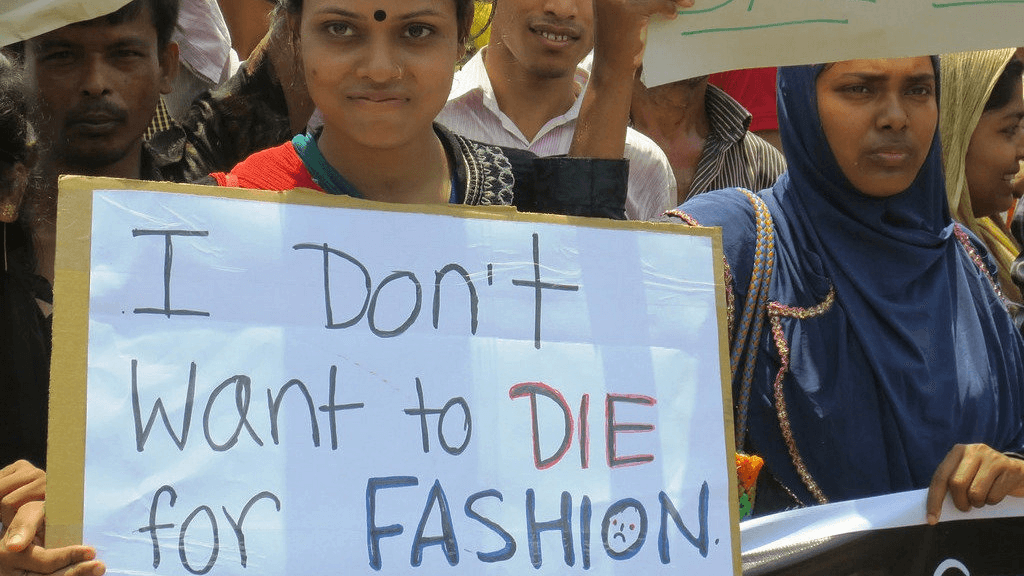
The high cost of cheap clothing is often borne by the factory workers who produce them. In Asia, for instance, women are often forced to work in horrendous conditions to meet the demand for new fashion items.
They may be required to work long hours for little pay, and they may not have access to necessities like clean water and adequate food. As a result, they often suffer from poor health and extreme poverty.
Moreover, because they are not protected by labor laws, their employers can easily exploit them. In some cases, they may even be forced to work in dangerous conditions that put their lives at risk.
Thus, while consumers may benefit from the low prices of cheap clothing, the workers who produce them often pay a very high price.
Therefore, when we purchase cheap clothes, we should be aware of the human cost paid to bring them to market. Only by doing so can we truly make ethical choices about the major clothing we buy and wear.
Child labor
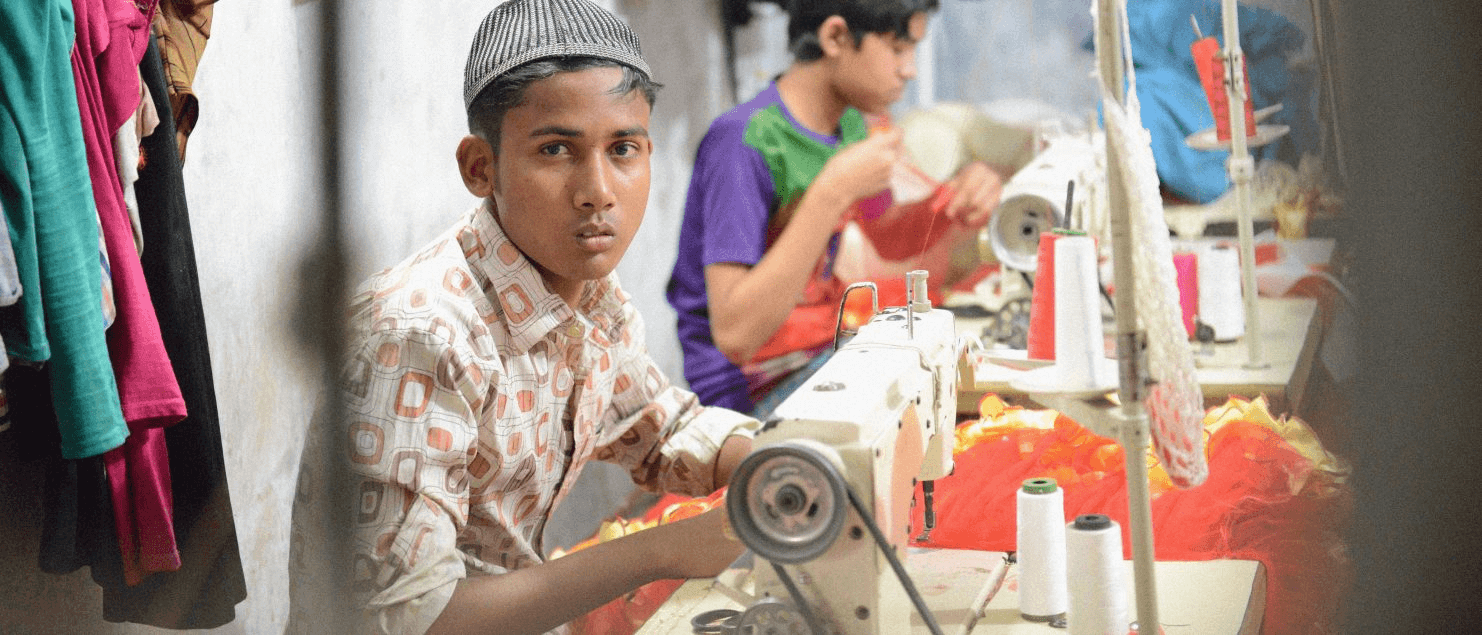
The cost of cheap clothing is often hidden from consumers. To produce clothes quickly and cheaply, many clothing brands rely on child labor. According to the International Labor Organization, an estimated 170 million children are forced to work as part of the global industrial labor force. This is particularly common in the textile factory, where hundreds of workers are needed to meet the fashion demands of European, American, and global consumers.
While the clothing brands and retailers that profit from this system may not be directly responsible for exploiting child workers, they are complicit in it. By continuing to purchase cheap clothes, consumers are effectively supporting a system that relies on the exploitation of children.
As consumers, we are responsible for considering the real-world implications of what we purchase. By opening up our hearts and minds to the realities facing cheap clothing workers, we have the power to effect change.
As citizens, we need to tell our representatives that we want laws to protect child workers from exploitation and mistreatment. Only then will we see a world where every child can experience childhood – not one where they’re forced into a life of hard labor.
Low wage
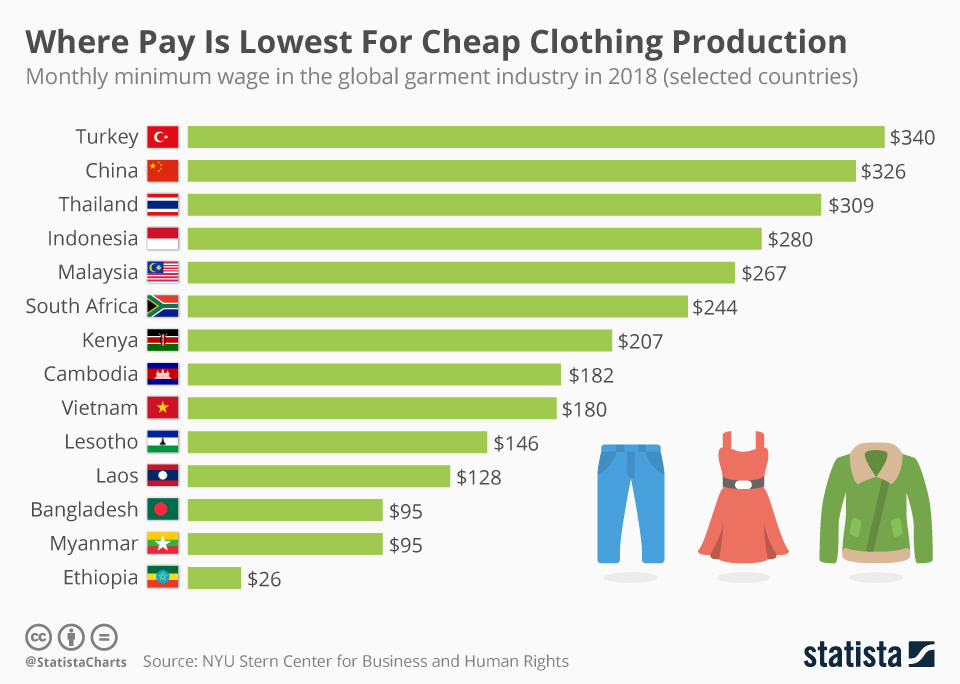
The cost of cheap clothing is often hidden in the low wages paid to the workers who make it. According to reports, women working in the garment industry may earn as little as $1-3 per day for a full day’s work.
Any form of protest is usually met with brutal treatment from garment factory bosses or even the government. This is one of the main reasons why there is so little reporting of continued abuse and lack of conditions – it simply isn’t seen as a problem.
However, the reality is that these workers live in abject poverty without any chance of improving their situation. It’s estimated that around 75% of garment workers in Bangladesh live below the national poverty line, on less than $2 per day. This means they can’t afford to feed their families, let alone send their children to school or save for a better future.
Therefore, the cost of cheap clothing is much higher than we realize. It’s not just the price tag that we need to consider, but also the human cost – the cost of a lifetime of poverty for the workers who make our clothes.
Fatal accident
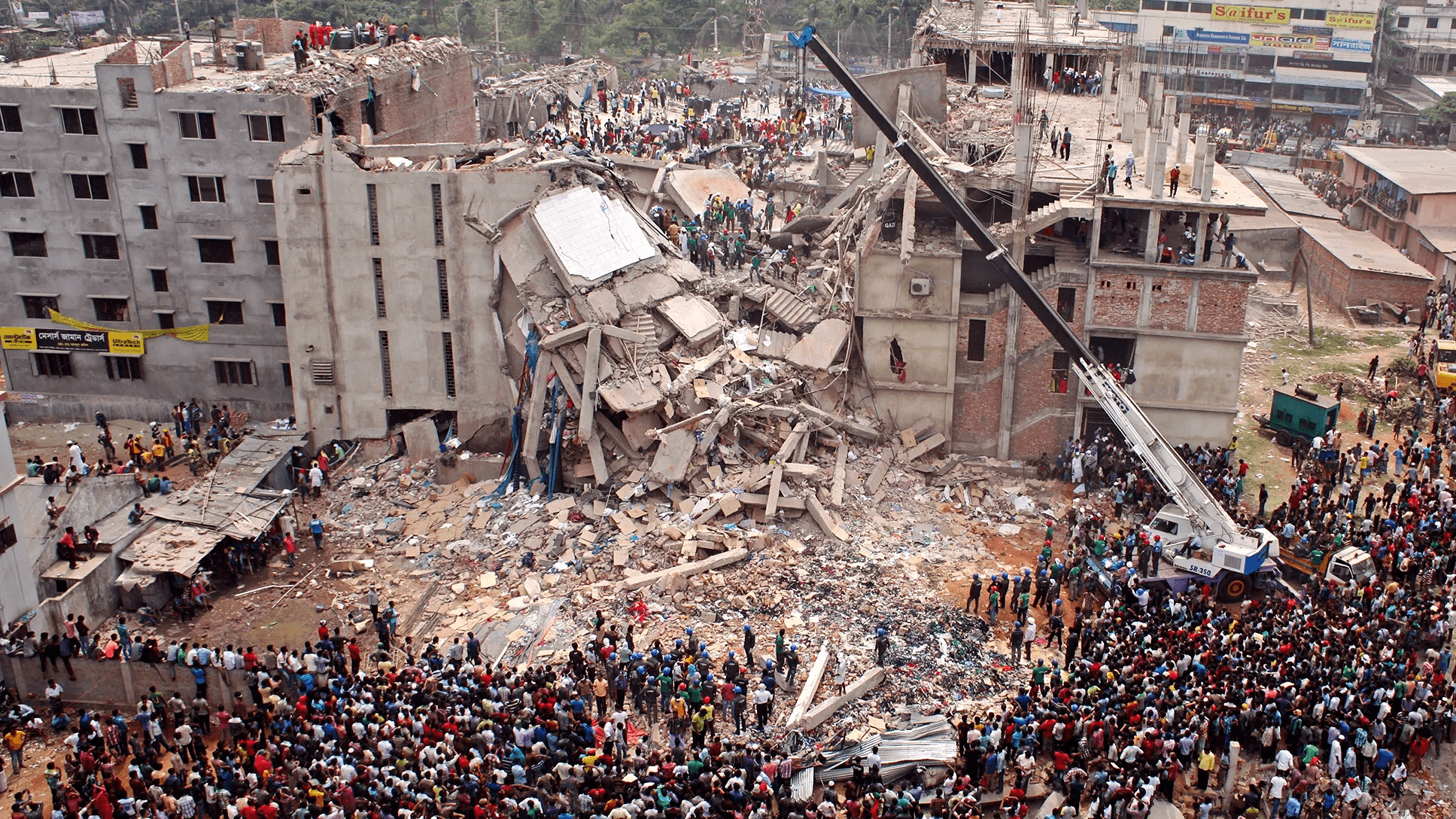
The Rana Plaza garment factory collapse in Bangladesh was a brutal reminder of how dangerous our obsession with cheap clothing can be. The deadliest garment industry disaster in history, it claimed over 1100 worker lives and injured 2500 others.
Many of those who perished in the Rana Plaza tragedy were young women, some as young as 14. They worked long hours for little pay in dangerous conditions, with few, if any, benefits or protections. And all so that we could buy cheap clothes.
After the Rana Plaza collapse, some companies finally agreed to improve working conditions and pay at their Bangladeshi factories. But these changes have come slowly, and progress has been uneven. Sadly, incidents like Rana Plaza are not rare; there have been many other deadly industrial accidents in the garment industry, most notably the fire at the Tazreen Fashions garment factory in 2012 that killed 112 workers.
These tragedies have put a human face on the high cost of cheap clothing. When we buy clothes from fast fashion brands at rock-bottom prices, we often don’t think about who made them or under what conditions. It’s time to ask those questions and demand that companies do better. We need to ensure that the workers who make our clothes are treated fairly and paid livable wages. Only then can we truly say that our clothes are affordable?
Environmental damage.
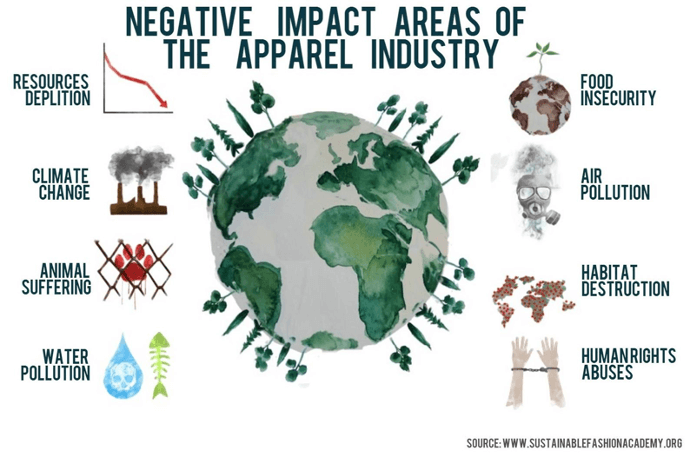
Not only does the fashion industry have a negative impact on people, but also the environment. The industry extracts precious natural resources like water and uses them excessively. For example, approximately 1,800 gallons of water are needed to produce one pair of jeans – that would be about 105 showers for an individual person.
In addition, the fashion industry emits a large number of greenhouse gases. The production and transportation of major clothing releases huge amounts of carbon dioxide and other pollutants into the atmosphere. These emissions contribute to climate change, which has devastating effects on our planet.
So what can we do to reduce the fashion industry’s environmental impact? One way is to simply buy less clothing. Instead of buying new clothes every season, we can wear the clothes we already have. We can also take care of our clothes so that they last longer.
Another way to reduce the fashion industry’s environmental impact is to buy sustainable clothing. Sustainable clothing is made from eco-friendly materials such as organic cotton or bamboo. It is also produced in a way that minimizes pollution and waste. We can help protect our planet from further damage by choosing sustainable fashion.
What is the government doing?
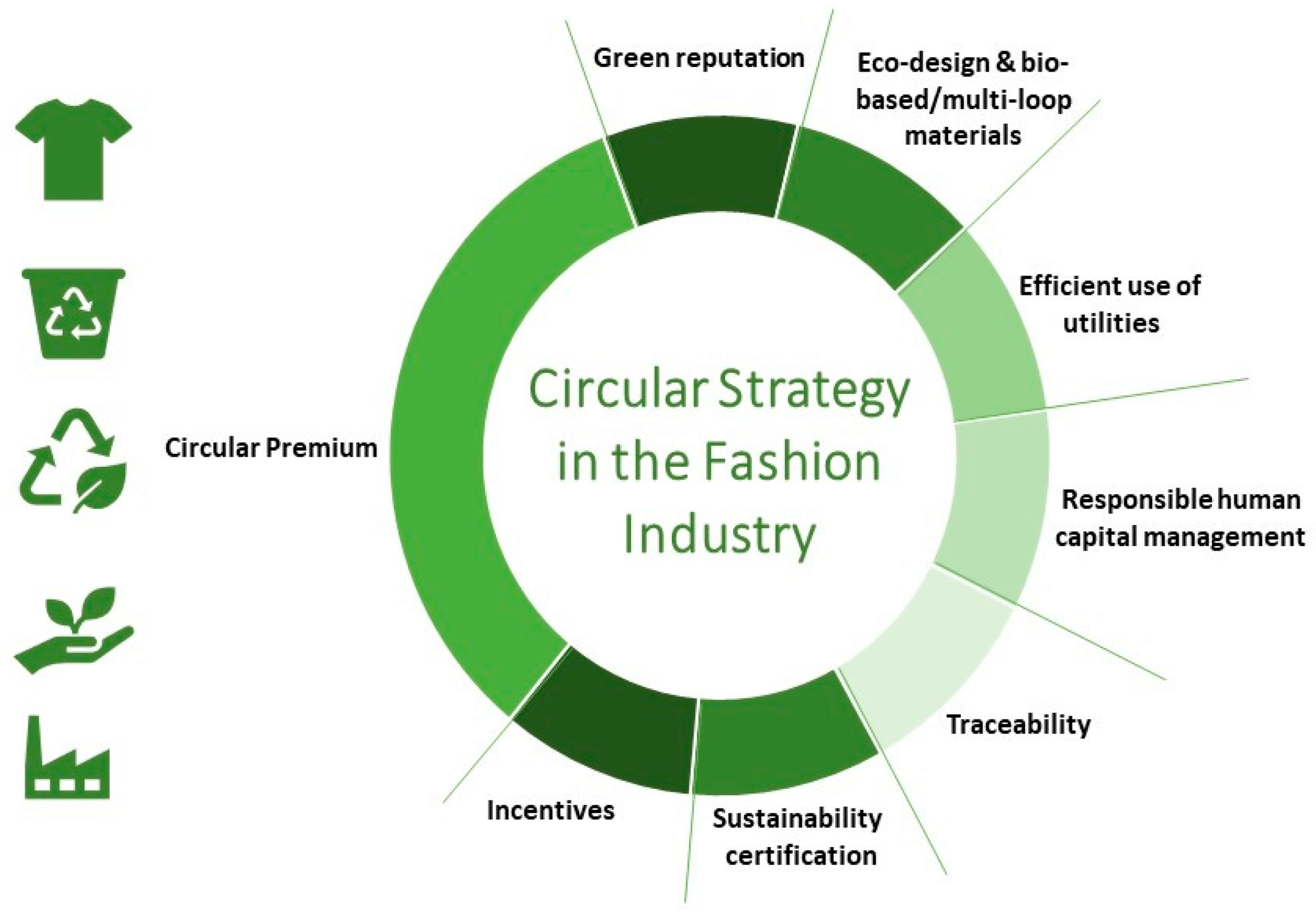
The government is doing a lot to improve clothing production.
In the Senate, the environmental audit committee has put forward eighteen recommendations – from levying a penny on items to fund recycling centres, reducing the VAT rate on clothing repairs, and setting up more sewing courses in schools.
The government is also working with the British Fashion Council and Depop to launch a Sustainable Clothing Action Plan.
This plan sets out how the government, industry and consumers can work together to reduce the environmental impact of clothing.
Some of the measures being taken include encouraging retailers to sell more sustainable products, and encouraging consumers to buy less and recycle more.
The government is also investing £ 1 million in innovative textile technologies that could help reduce pollution and waste.
These measures are designed to improve clothing production and make it more sustainable.
Large brands promise to improve.
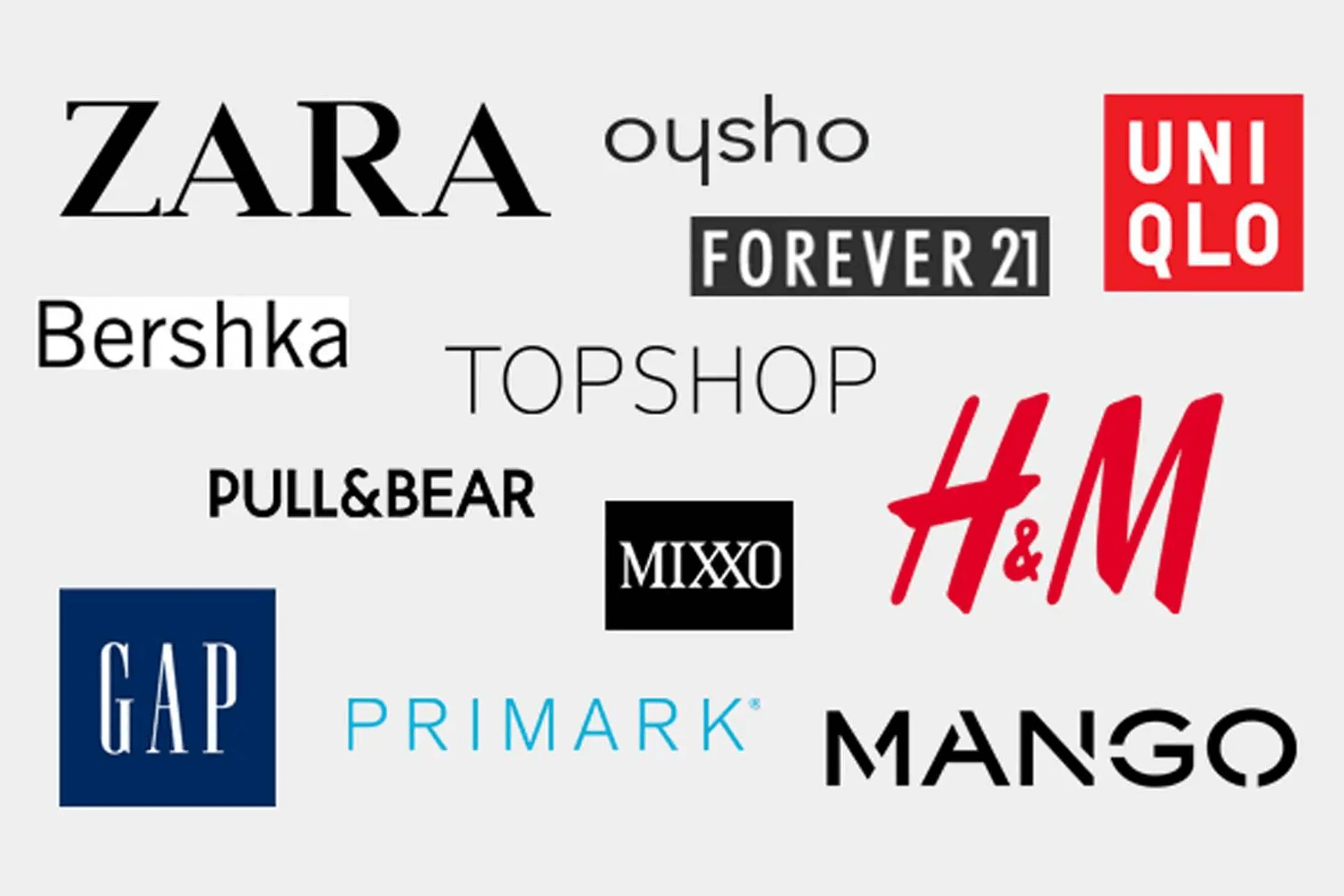
Many big fashion brands are pledging to improve factory conditions. In response to increasing consumer demand for more sustainable practices, brands like H&M, Nike, and Adidas have been working to improve their factories in recent years.
Consumers are interested in knowing where their clothes come from and how they are made. Some smaller brands are also committed to ethical sourcing and sustainable manufacturing practices.
Companies like Everlane and Patagonia are leading the way in terms of sustainable fashion. Transparency and accountability are important to consumers when making purchase decisions. Brands that can demonstrate a commitment to these values will be well-positioned to succeed in the future.
The fashion industry is slowly changing, but there is still a long way to go. We must continue to demand better working conditions, pay, and environmental practices from the brands we buy from. Only then can we truly say that our clothes are affordable – for everyone involved.
What about consumers
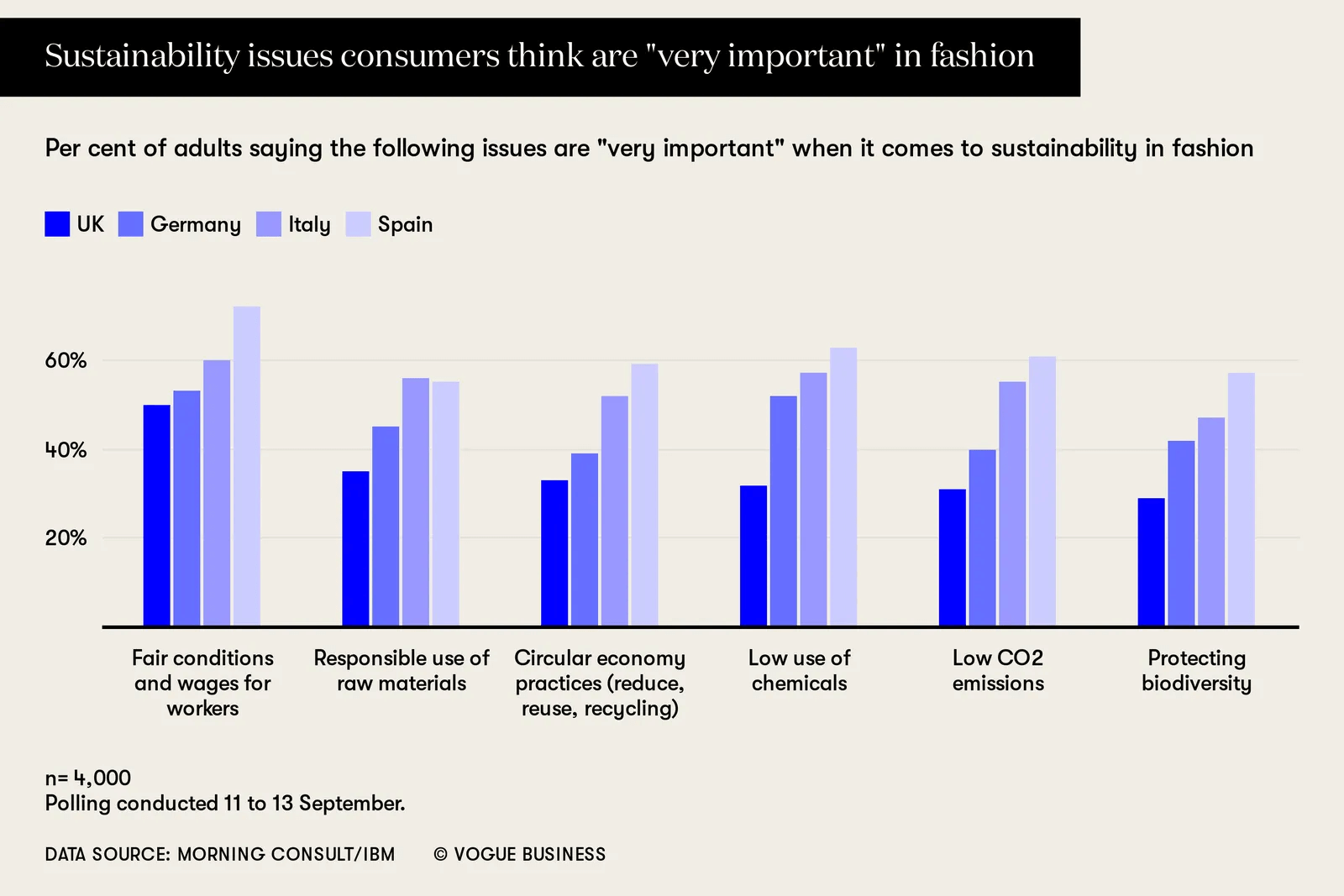
Outside their window, Extinction Rebellion is protesting against climate change while new designers at the London College of Fashion tell us they are going on a fashion strike- vowing to spend months or even a year without spending any money.
People are slowly but surely coming to the realization that buying quality clothing items and repairing damaged ones is much better in the long run. This change in behavior is gradually becoming more widespread.
While some may see this as a way to save money, for others it is about making a statement against an industry damaging both people and the planet. The fast fashion industry has been criticized for its use of sweatshops, its impact on the environment, and its encouragement of consumerism.
By boycotting fast fashion brands, consumers can send a message that they are no longer willing to support an industry that relies on exploitation and unsustainable practices.
Enough people making this choice could eventually lead to real change within the fashion industry. Until then, those who are committed to ethical fashion will continue to fight for a better future- one stitch at a time.
Wrapping up
The fast fashion industry has been under fire for years, and rightfully so. But there are signs that things are starting to change.The government is taking steps to improve clothing production, large brands are pledging to do better, and consumers are becoming more interested in sustainable fashion.
There is still a long way to go, but the tide is slowly turning. With enough pressure from consumers, we can eventually force the fashion industry to clean up its act.
